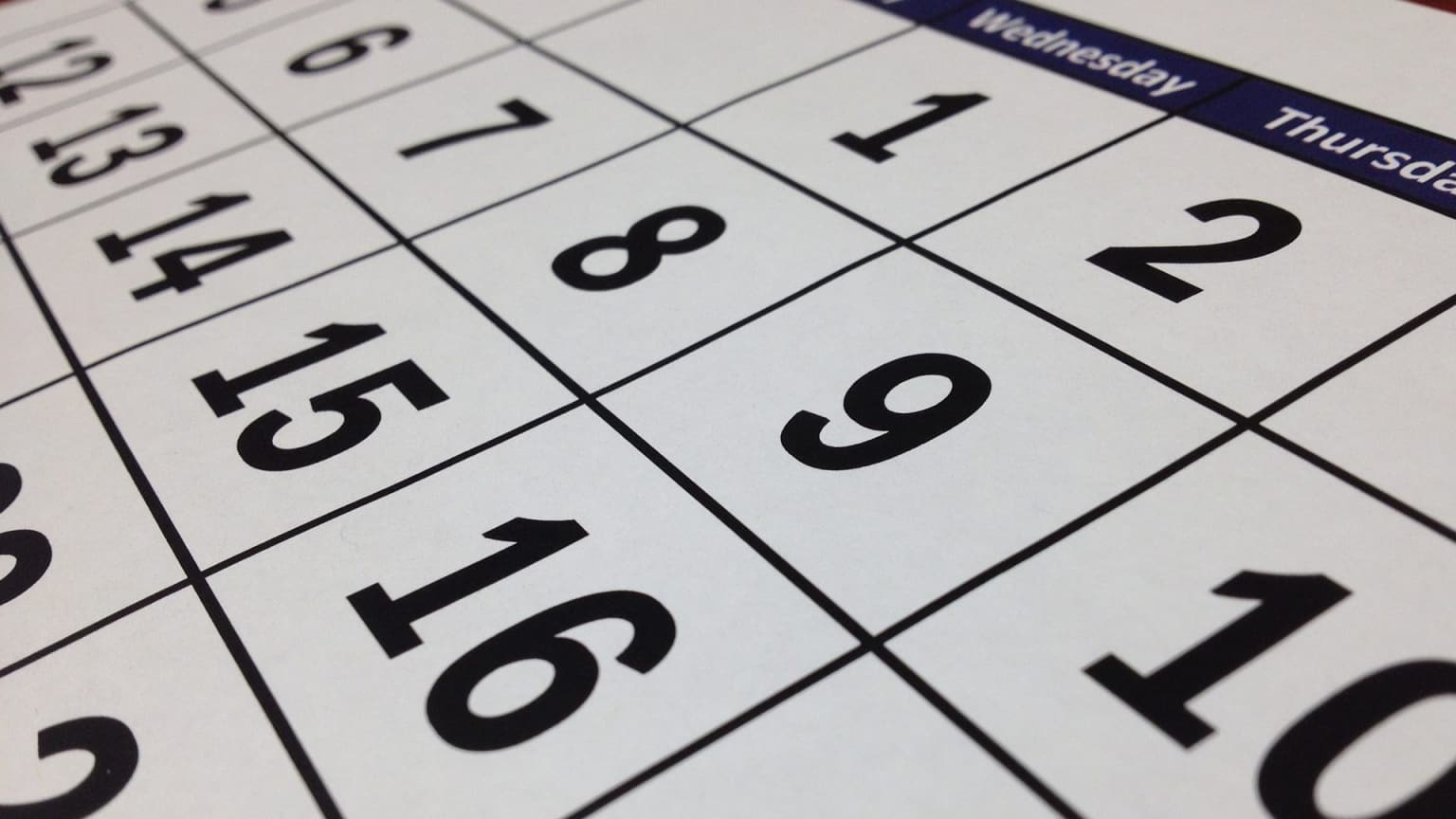1. サマリー:時間を「見える化」する家庭の魔法
「もうすぐごはんよ」「あと10分で出かけるよ」、このような声かけに対し、小さな子どもがピンとこない様子を目にしたことはありませんか?幼児期の子どもにとって「時間」という概念は非常に抽象的であり、大人のように時計を読み取って行動を予測するのは難しいものです。しかし、この時間感覚の土台をつくることは、生活習慣の定着、自主性、計画性といった将来にわたる学習や社会性の発達に大きく関わってきます。
本記事では、子どもが“時間”という抽象的なものを視覚的・体感的に理解し始めるための家庭での実践として「カレンダー作り」に焦点を当てます。ただの予定表としてではなく、“対話”と“参加”を通じた教育的な活動としてカレンダーを活用することで、時間の流れ・先を見通す力・達成感・予測と計画など、さまざまな力を育むことができます。
カレンダー作りには、単に曜日や日付を教えるだけでなく、感情の振り返りや季節感、記念日への期待感など、子ども自身が「時間とともに生きている」という実感を育てる力があります。この記事では①時間概念の発達段階、②家庭でできるカレンダー実践例、③年齢別の声かけと工夫、④日々の対話への活かし方、⑤失敗しない習慣化のコツ、⑥園や学校との連携方法の6つの視点から、カレンダーを通じた豊かな時間教育の世界をご紹介します。
「時間に追われる」のではなく、「時間とともに過ごす」。そんな暮らしのリズムを親子で楽しむための第一歩として、今日から“カレンダー作り”を始めてみませんか?
2. 時間概念はどう育つ?発達段階を知ろう
子どもが時間を理解する力は、一朝一夕に身につくものではありません。Piagetの発達理論を参考にしながら、年齢ごとの時間概念の発達プロセスを見ていきましょう。
【1〜2歳】
この時期の子どもにとって、時間とは“今”の連続です。“繰り返しのある生活リズム”が時間感覚の基礎になります。
【3〜4歳】
「昨日」「明日」などの言葉を少しずつ理解し始めますが、記憶の整理は未熟です。カレンダーにシールを貼ったり、絵を描くなどの経験が「時間」と結びついていきます。
【5〜6歳】
曜日や月のまとまりを意識し始め、「あと3回寝たら」など、具体的に未来を数える力が育っていきます。
時間の概念は、視覚的・身体的な体験を通じて、段階的に養われていくものです。親子で日常の中に時間表現を取り入れていくことで、自然とその土台が築かれていきます。
3. 家庭でできるカレンダー活用法
市販の予定表を壁に貼るだけでなく、子どもと一緒に“参加型”で作ることが重要です。
- 親子で1日の終わりに「今日のシール」を貼る
- 天気や気分をアイコンで記録する
- 特別な日はイラストやシールで知らせる
- 曜日ごとのイベントを色分けしてルーティンを視覚化する
こうした工夫によって、カレンダーは単なる“記録表”ではなく、生活と学びをつなぐ“操作できる道具”になります。子どもが自ら記入したり装飾したりする中で、「自分の暮らしをデザインする」感覚が芽生えていきます。
4. 年齢別の声かけと工夫
【2〜3歳】
「おはようシール貼ろうか?」など、シンプルな繰り返しが有効。
【4〜5歳】
「昨日は誰と遊んだ?」「明日は何がある?」など、過去と未来の橋渡しをする問いかけが効果的。
【6歳以上】
「来週何が楽しみ?」「予定を書いてみる?」といった問いで、子ども自身に時間を“言葉で整理”させることが大切。
年齢に応じて問いかけの深さを変えることで、子どもは時間と自分の関係性を少しずつ意識するようになります。
5. 日々の対話への活かし方
カレンダーは親子の会話の出発点になります。
- 「今日は何曜日?」から会話をスタート
- 「あと何日で誕生日?」と数えさせる
- 寝る前に「今日の星マークは何色?」とふりかえる
- 予定変更があったとき「どう直そうか?」と相談する
このように、日常的にカレンダーを使った“時間を感じる言葉”を交わすことで、子どもの語彙や感情表現、柔軟性も育っていきます。
6. 習慣化のコツと失敗しない続け方
- 完璧を求めず「週3日でOK」とゆるく始める
- 見える場所に貼って“無意識の触れ合い”を増やす
- 週末に「カレンダー更新タイム」を親子の習慣に
- 季節ごとにカレンダーの装飾を変えて飽きない工夫を
目的は“記録”ではなく“つながり”。カレンダーを通じて、親子が一緒に時間を感じること自体が、何よりの学びになります。
7. まとめ:時間と仲良くなる第一歩
時間は目に見えない抽象的な存在ですが、カレンダーを使うことで可視化され、生活に組み込まれていきます。
- 昨日を思い出す
- 今日を味わう
- 明日を楽しみにする
こうした積み重ねが“時間とともに生きる力”を育みます。子どもとカレンダーを囲み、「昨日は悲しかった」「あと2日で誕生日だね」と話すその一瞬こそが、時間教育の成果です。
今日という日を、カレンダーに記録することから始めてみませんか?
ページをめくるたびに、親子の“時間を感じる力”が育っていくはずです。
Teaching the Concept of Time Through Calendar-Making
1. Summary: A Family Magic That Makes Time Visible
“Dinner is almost ready.” “We’re leaving in 10 minutes.” Have you ever said these things and seen that your child doesn’t seem to understand? For young children, “time” is an abstract concept. Unlike adults, they can’t yet read a clock and predict what comes next. However, building the foundation of time awareness is essential for developing routines, independence, planning ability, and overall social and learning development.
This article focuses on how families can help children begin to understand this abstract idea—through making and using calendars. Not as mere schedules, but as tools of communication and participation, calendars help children grasp the flow of time, build anticipation, experience achievement, and develop planning and forecasting skills.
Calendars also help children reflect on their emotions, sense the seasons, and look forward to special days—allowing them to truly feel that they are “living with time.” This article covers six areas:
- Developmental stages of time understanding
- Practical calendar activities at home
- Age-appropriate communication techniques
- Connecting calendars to daily conversations
- Tips for building the habit
- Collaborating with schools and daycare centers
Instead of “racing against time,” let’s enjoy “spending time together.” Starting a family calendar may be your first step in creating that rhythm.
2. How Time Awareness Develops: Understanding Developmental Stages
Time understanding doesn’t happen overnight. According to Piaget’s theory:
Ages 1–2:
Time is experienced only as a sequence of “now.” Routines like breakfast → walk → nap help form a sense of flow.
Ages 3–4:
Words like “yesterday” or “tomorrow” begin to make sense, but memory is still unclear. Using stickers or drawings on a calendar helps connect time and experience.
Ages 5–6:
Children begin to understand days of the week and months as “units.” Counting down (“3 more sleeps until the trip”) helps develop future orientation.
Time concepts grow gradually through visual, verbal, and physical experience. Repetition and conversation build a solid base.
3. How to Use Calendars at Home
Instead of just writing on a store-bought calendar, create a hands-on version with your child:
- Write or draw one event from the day together
- Add weather and mood icons
- Use pictures for special days (train for Grandpa visiting, backpack for a field trip)
- Color-code weekly events (swimming on Tuesday, curry on Friday)
The key is to use calendars not just for “seeing” but for “interacting.” The act of writing, pasting, and counting gives children a sense of agency—designing their own time.
4. Age-Appropriate Phrases and Techniques
Ages 2–3:
Use simple repetition—“Let’s put today’s sticker on!”
Ages 4–5:
Ask, “Who did you play with yesterday?” or “What’s tomorrow?” to start temporal conversations.
Ages 6+:
Encourage, “Try writing your plan,” or “What are you looking forward to next week?” This develops reflection and self-management.
Adjust the depth of questions to match their development and help children see their relationship with time.
5. Using Calendars in Daily Conversations
Calendars can spark rich conversations:
- “What day is it today?” leads to “What happens on Friday?”
- Ask your child to count down—“How many days until your birthday?”
- Before bed: “What color is today’s star sticker?”
- When plans change: “Let’s move it together.”
Talking about time makes kids more expressive, flexible, and emotionally aware.
6. Tips to Build a Lasting Habit
- Don’t aim for perfection—3 days a week is enough
- Keep the calendar in sight (fridge, desk)
- Set a weekly “calendar update time” on weekends
- Refresh it seasonally with themed decorations (Halloween, cherry blossoms)
The goal isn’t “recording” but “connecting.” Use calendars as a shared map of time between you and your child.
7. Conclusion: The First Step to Befriending Time
Time is invisible and abstract, but a calendar makes it concrete and part of daily life.
- Remembering yesterday
- Enjoying today
- Looking forward to tomorrow
These actions nurture the ability to live “with time.” When your child says, “Two more days until my birthday!” or reflects on a sad moment from yesterday, they are truly connecting with time.
Why not mark today on a calendar and begin your journey? Each page turned becomes a shared memory—and a growing awareness of time.




コメント